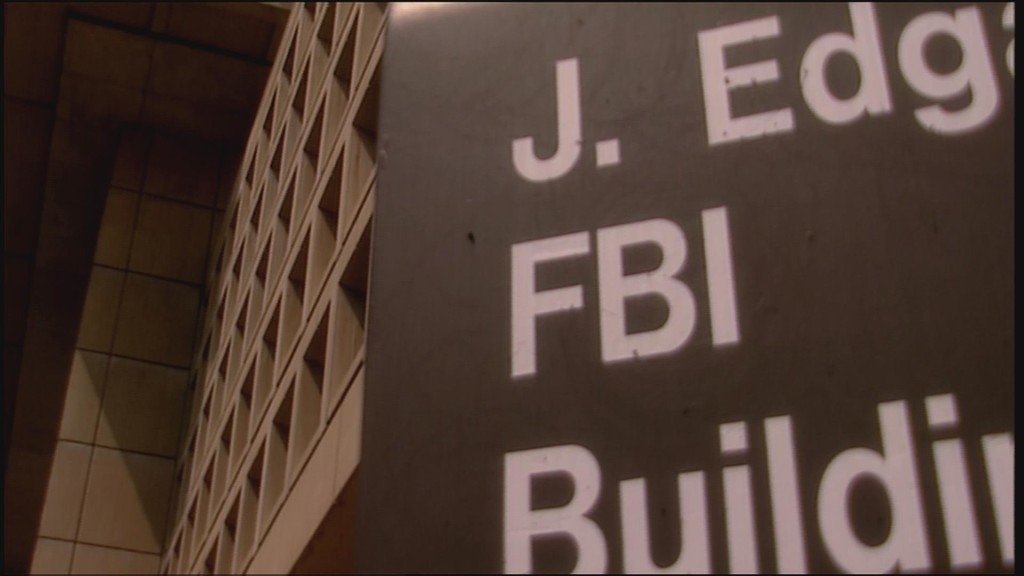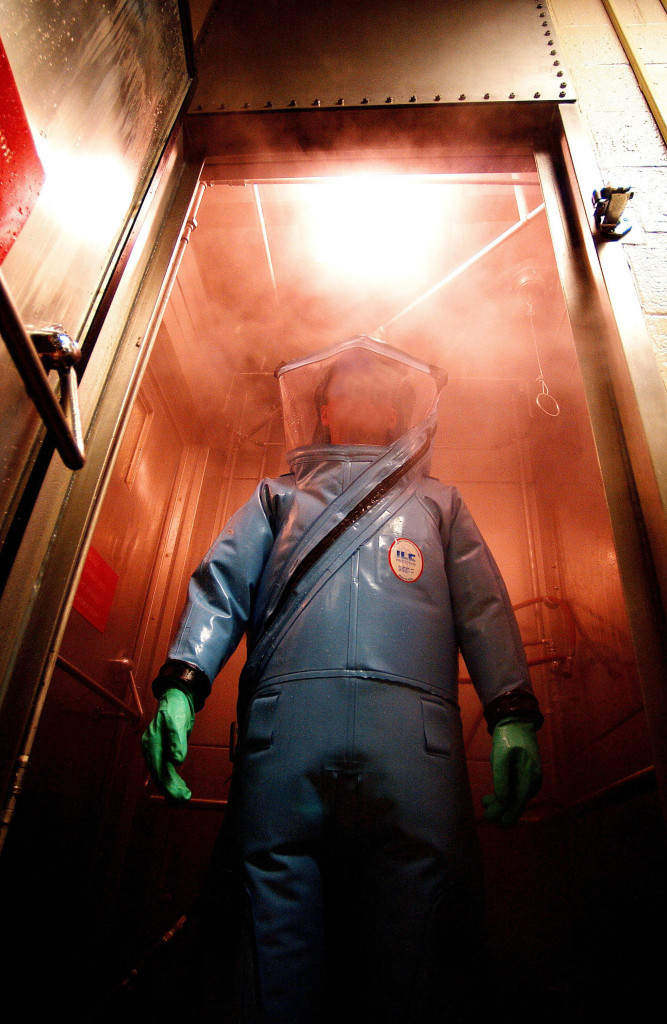The FBI Responds To “The Anthrax Files”

October 28, 2011
Share
In a letter to the editor of The New York Times, a top FBI official today disputed recent reports by FRONTLINE, ProPublica and McClatchy that challenged evidence in the agency’s investigation of the 2001 anthrax letter attacks and its conclusion that Army scientist Bruce Ivins was the perpetrator.
The letter from FBI Assistant Director for Public Affairs Michael P. Kortan followed editorials in the Times and The Washington Post that called for new, independent investigations into the anthrax case, which the FBI officially closed 18 months after Ivins committed suicide in the summer of 2008.
Kortan’s letter largely repeats prior claims in defense of the case, some of which were covered in our film and stories. Here are key points from the letter and what we reported:
Ivins’ suspicious lab hours
Ivins was a top anthrax researcher at the U.S. Army Research Institute of Infectious Diseases in Fort Detrick, Md. He produced vaccines and tested them on lab animals. The FBI has said a spike in Ivins’ nighttime lab hours prior to the mailings explains when he prepared the letters.
What we reported: Ivins’ evening hours were above average just before the mailings, but lab access records also showed it was not unusual for Ivins to work late at other labs and offices throughout the Army complex. Further, Ivins’ colleagues said he was conducting animal experiments at the time.
What Kortan wrote: “[I]t was directly relevant that Dr. Ivins worked long hours alone during the time of the mailings in the laboratory’s ‘hot suites,’ where the anthrax that was genetically linked to the attack spores was produced and handled. He had not done that before the mailings, nor did he ever do it again.”
Ivins’ anthrax samples
Once the FBI determined the letters contained a strain of anthrax common in labs, it asked scientists to submit samples of their spores. The FBI has said Ivins tried to hide his guilt by sending a false sample from his spore collection. Genetic tests later showed the spores in Ivins’ flask – RMR-1029 – matched the letter spores.
What we reported: An email shows that Ivins’ offered his spores for genetic tests in December 2001. Though samples he submitted from his flask in April 2002 were not a genetic match, Ivins maintained it was an innocent mistake. Furthermore, an FBI memo and Army document show that Ivins had given another sample of RMR-1029 to a different colleague around that time.
Emails and lab notebooks show that Ivins two years later helped a colleague collect a sample of RMR-1029 specifically for FBI evidence. Finally, the very first sample Ivins gave the FBI in February 2002 was rejected because it was in the wrong type of test tube. It was later tracked down, and tests determined it to be a close match to the letter spores.
What Kortan wrote: “Dr. Ivins submitted an intentionally misleading sample in April 2002 that was free of genetic markers. Samples of his anthrax spores that contained the genetic markers were either submitted before he realized the markers might trap him or were seized later by the F.B.I., not made available by Dr. Ivins.”
Was the anthrax treated?
FBI and other scientists who examined the attack spores found that they contained silicon, tin and some other elements. The presence of those elements fueled speculation that the spores were treated – weaponized – to make them more dispersible. The FBI has said its studies show the silicon was the result of a natural process.
What we reported: A National Academy of Sciences committee that reviewed the investigation’s scientific findings concluded the unusually high amount of silicon measured in spores sent to the New York Post was unexplained – something the panel’s vice chairman, David A. Relman, told us remained a “big discrepancy” in the FBI case.
What Kortan wrote: “[S]cientists directly involved in the lengthy investigation into the anthrax mailings — both from within the F.B.I. and outside experts — disagree with the notion that the chemicals in the mailed anthrax suggest more sophisticated manufacturing.”
Related Documentaries
Latest Documentaries
Related Stories
Related Stories
Policies
Teacher Center
Funding for FRONTLINE is provided through the support of PBS viewers and by the Corporation for Public Broadcasting. Additional funding is provided by the Abrams Foundation; Park Foundation; the John D. and Catherine T. MacArthur Foundation; and the FRONTLINE Journalism Fund with major support from Jon and Jo Ann Hagler on behalf of the Jon L. Hagler Foundation, and additional support from Koo and Patricia Yuen. FRONTLINE is a registered trademark of WGBH Educational Foundation. Web Site Copyright ©1995-2025 WGBH Educational Foundation. PBS is a 501(c)(3) not-for-profit organization.





















